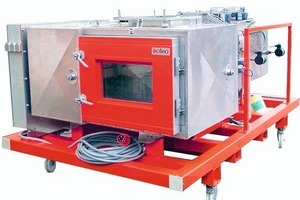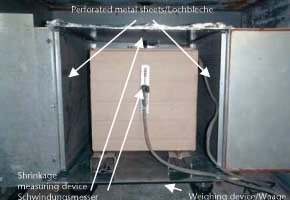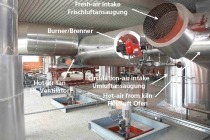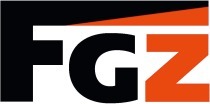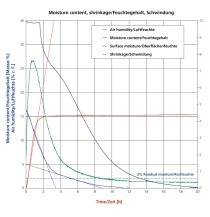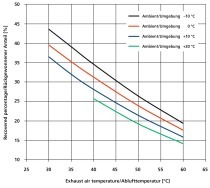Experience with low-energy drying of backing bricks
In times of constantly increasing energy prices drying with ambient air is becoming an interesting approach again. This paper introduces fundamental factors influencing the drying time, describes practical drying tests and a fast drying process developed by Rotho for drying with ambient air. With this solution dryers can be built with about the same size as before. With existing dryers conversion to operation with ambient air can be managed relatively easily.
1 Introduction
Up to the mid 1950s bricks in Germany were dried in open air dryers under ambient air conditions (››1). The transition from open air drying to artificial drying with hot air was drawn out over a longer period of time and, on account of the increasing heat energy consumption, was accompanied by lively discussion [1]. Ultimately, artificial drying has prevailed above all in northern and central Europe, because the use of this method enables the production of bricks all the year round.
In countries close to the equator, where higher ambient temperatures predominate, open air...

![››1 Open air dryer for setting car operation with two drying corridors [1]](https://www.zi-online.info/imgs/tok_8725dc97491238f20a7d454c259b8472/w300_h200_x300_y277_101464340_465eb8aca0.jpg)
